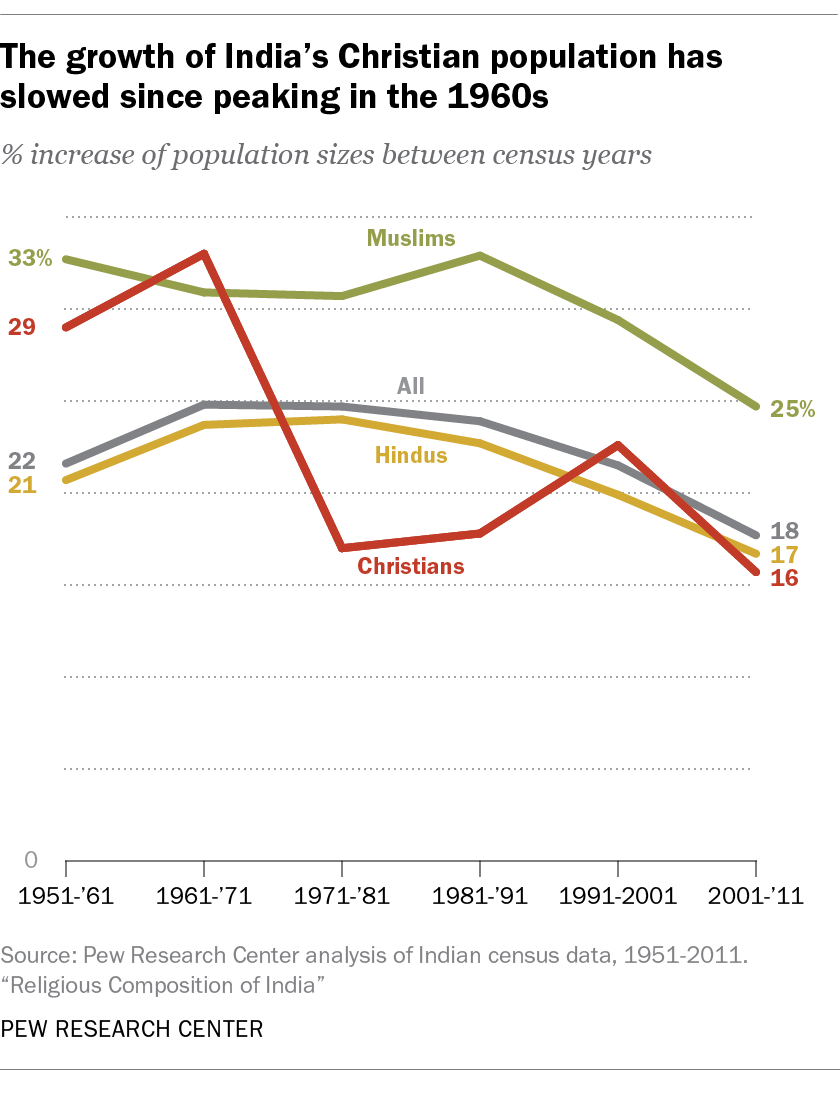
Most of India’s population lives in smaller cities or rural areas in extremely simple housing and with few modern amenities. And this affluent city contains just over 1 percent of the country’s households. Even so, just 7 percent of households in Delhi owned private cars according to the 2001 Census. While poverty is always visible in the city, the number of new cars and SUVs, shopping malls, and tony restaurants would leave a lasting impression. Visitors to India who may have spent all of their time in New Delhi might well return home believing India had “arrived,” and that the middle class was thriving.

In this article, we will not try to define the concept for India but we will take a look at how the average Indian household actually lives.

Those in the West undoubtedly have a fairly clear idea of what they mean by it. Is India’s middle class surging? We first need to consider the term “middle class,” which can convey a variety of images. That, in fact, may not be much of an achievement given that India has 1.2 billion people and Germany 82 million! While it is certainly true that even small percentages give rather large numbers in India, a more realistic assessment of the true situation is needed. In two decades, India would pass Germany as the world’s fifth-largest consumer market, the article went on. Policy and Advocacy Communications TrainingĪ recent Business Week article quoted a McKinsey Global Institute study that claimed that India, in one generation, would become a nation of upwardly mobile middle-class households, consuming goods ranging from high-end cars to designer clothing.

Management of Complex Technical Programs.Distilling Research for Non-Technical Audiences.Adaptive Learning and Knowledge Management.Social and Environmental Dimensions of Health.Family Planning, Maternal and Reproductive Health.


 0 kommentar(er)
0 kommentar(er)
